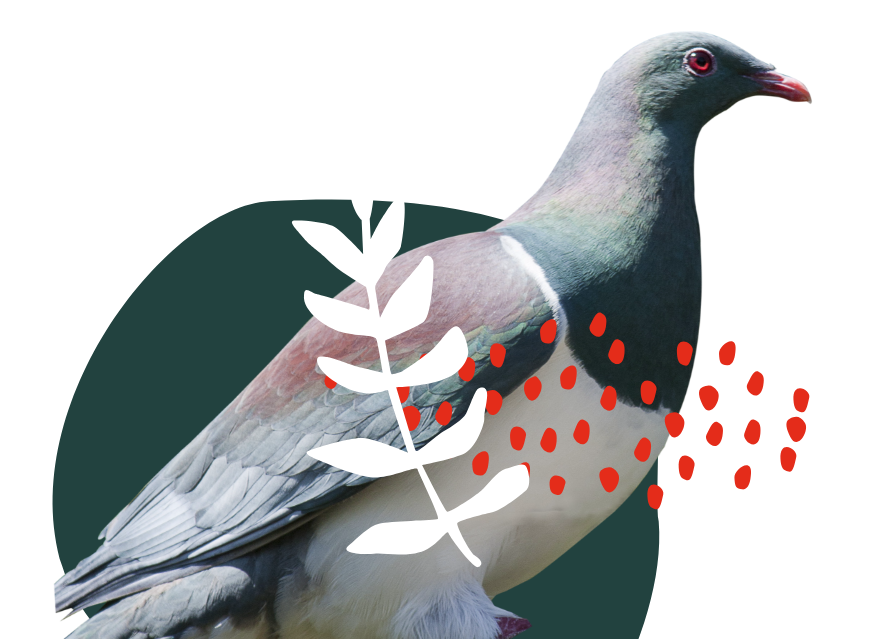By now you’ve probably heard of the benefits of backyard trapping and why it’s so important, but how do you know if your own trapping efforts are actually paying off? Here are a few things to keep an eye out for to see if your trapping is working.
Increased biodiversity
A big thing you’ll notice once you start eradicating pests from your backyard is an increase in biodiversity, meaning a greater variety of flora and fauna. Things like rich dark soil, lots of different plant species, and an increase in bugs and lizards are all a good sign.
Return of birdlife
Did you know that every night New Zealand loses approximately 68,000 native birds to introduced predators like possums, rats and mustelids? While this is a shocking number, a return of native birds is a good indication that your trapping efforts are paying off.
One way of measuring the return of birdlife to your backyard is through a method called 5 Minute Bird Count (5MBC). This involves remaining completely still for a period of five minutes, and recording any birds you see or hear. Keep a log of what you notice, and refer back to it throughout your trapping journey to see if it’s increasing.
Struggling to notice a difference?
If you haven’t noticed either of the above signs, that doesn’t mean your traps aren’t helping, but there are a few things you might want to check! Firstly, it’s important to make sure you’ve identified exactly what predators you have lurking around your property to ensure you’re using the most effective trapping system. Ensure there are no food or water sources nearby as you want to make your trap the most enticing spot. Sometimes it’s just a matter of trial and error; experiment by moving your trap around different locations.
Sometimes the predators will cotton on to the fact that there are traps in your garden and they’ll take refuge at nearby properties. This is a great opportunity to start encouraging your neighbours to get involved in trapping too!



